Shiba Inu (SHIB) Crypto Coin Explained: What It Is, How It Works & Future Outlook
Shiba Inu (SHIB) Token Supply Calculator
Original Supply
1 quadrillion (1,000,000,000,000,000) SHIB tokens
Post-Burn Supply
~590 trillion SHIB tokens
Supply Adjustment Calculator
Calculation Results
This represents a change from the previous supply.
SHIB Tokenomics Overview
The Three-Tokens Ecosystem
- SHIB - The flagship token used for payments, staking, and liquidity on ShibaSwap.
- LEASH - Scarce token with limited supply (107,646 tokens) used for staking and governance.
- BONE - Governance token allowing holders to vote on protocol upgrades and earn rewards.
Quick Summary
- Shiba Inu (SHIB) is an ERC‑20 meme token built on Ethereum, launched in August2020.
- Its ecosystem includes three tokens - SHIB, LEASH and BONE - each with a distinct role.
- ShibaSwap lets holders stake, provide liquidity and earn BONE rewards, but Ethereum gas fees can be high.
- Compared with Dogecoin, SHIB offers DeFi features at the cost of complexity and fee exposure.
- Future upgrades like the Shibarium Layer‑2 aim to lower fees and boost transaction speed.
Ever wondered why a dog breed name shows up on your crypto watchlist? Shiba Inu isn’t just a cute mascot - it’s a full‑blown cryptocurrency with a sprawling ecosystem, a noisy community, and a price that can swing wildly on a single tweet. Below we break down what SHIB actually is, how its tokenomics work, where you can use it, and what’s on the horizon.
Shiba Inu is a decentralized ERC‑20 token created in August2020 by an anonymous developer using the pseudonym "Ryoshi." The project markets itself as an "experiment in decentralized spontaneous community building" and aims to be a "Dogecoin killer." It lives on the Ethereum blockchain, which gives it access to smart contracts, staking mechanisms and a decentralized exchange called ShibaSwap.
Tokenomics: From One Quadrillion to a Burned Few
The initial supply of SHIB was a jaw‑dropping 1quadrillion tokens (1,000,000,000,000,000). That gigantic number was intentional - the creators wanted a token cheap enough that anyone could buy a sizable chunk with a few dollars. In May2021 the supply story took a dramatic turn when Ryoshi sent a massive chunk to Ethereum co‑founder Vitalik Buterin. Buterin burned roughly 410trillion SHIB (removing them forever) and sold about 90% of his remaining holdings, effectively taking ~40% of the total supply out of circulation. The leftover 10% was donated to COVID‑19 relief in India, valued at over $1billion at the time.
These burns and sales dramatically reduced circulating supply, creating a deflationary narrative that still fuels community hype. However, the sheer size of the original supply means that even after burns, individual token prices stay in the sub‑cent range, keeping SHIB accessible to retail investors.
The Three‑Token Ecosystem
Unlike many meme coins that rely on a single token, the Shiba Inu project runs three ERC‑20 assets, each with a purpose:
- SHIB - the flagship token used for payments, staking and as the primary liquidity pair on ShibaSwap. Holders earn 0.1% of all ETH‑swap fees generated on the platform.
- LEASH - launched with a deliberately tiny supply of 107,646 tokens to create scarcity. Originally a rebase token tied to Dogecoin’s price, it now functions as a stakeable asset that yields BONE rewards.
- BONE - capped at 250million tokens, it serves as the governance token. BONE holders vote on protocol upgrades, fee structures and new feature rollouts, and they receive rewards for staking on ShibaSwap.
This multi‑token design lets the ecosystem separate monetary policy (SHIB), scarce speculation (LEASH) and community governance (BONE). It also adds layers of complexity that new users often find confusing.
ShibaSwap: The DeFi Heartbeat
ShibaSwap is the project’s native decentralized exchange (DEX), built on Ethereum. It offers three core features:
- Swap - trade SHIB, LEASH, BONE and other ERC‑20 tokens with on‑chain liquidity pools.
- Stake ("Bury") - lock SHIB or LEASH in a liquidity pool to earn BONE tokens as a yield.
- Liquidity Provision - deposit token pairs into a pool and collect a share of swap fees, plus BONE rewards.
While the rewards can be attractive (annual yields from 30% up to 100% during high‑volatility periods), every interaction requires paying Ethereum gas. During network congestion, fees can climb to $50‑$200, making small‑scale swaps uneconomical. The upcoming Shibarium Layer‑2 solution promises to slash those fees dramatically.
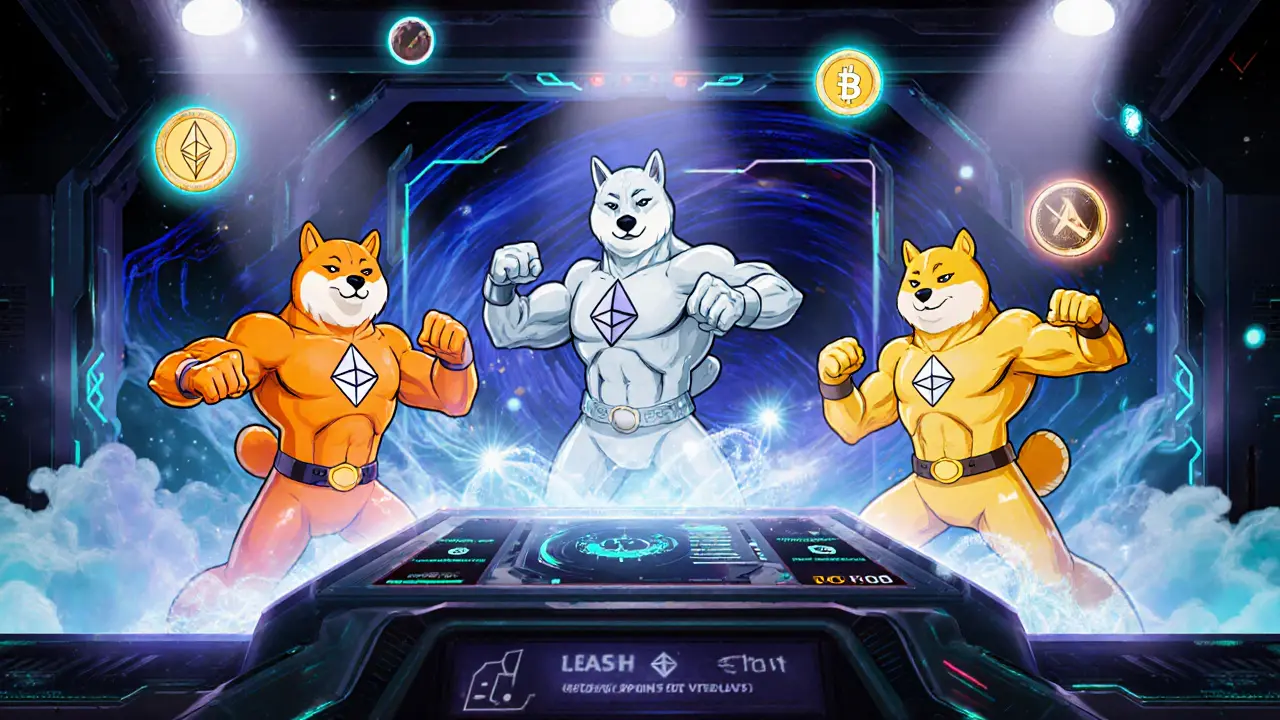
Shiba Inu vs. Dogecoin: A Quick Compare
| Aspect | Shiba Inu (SHIB) | Dogecoin (DOGE) |
|---|---|---|
| Launch Year | 2020 | 2013 |
| Blockchain | Ethereum (ERC‑20) | Own Proof‑of‑Work chain |
| Token Supply | 1quadrillion (post‑burn ~590trillion) | Uncapped (inflationary) |
| DeFi Features | ShibaSwap, staking, governance (BONE) | Simple peer‑to‑peer transfers |
| Transaction Fees | Ethereum gas (high, pending Shibarium) | Low, fixed fee |
| Community‑Driven Governance | Yes, via BONE votes | No formal governance |
| Major Holders (May2021) | Vitalik Buterin (burned 410T) & whales | Various big‑wallets, less concentration |
In short, SHIB offers a richer DeFi playground at the cost of higher fees and technical hurdles, while Dogecoin excels at fast, cheap transactions and mainstream recognition.
How to Buy, Store and Use SHIB
Getting started with SHIB is straightforward if you stick to the basics:
- Choose a reputable exchange that lists SHIB - Coinbase, Binance and Crypto.com are common choices.
- Create an account, complete KYC, and deposit fiat or another crypto.
- Buy SHIB on the market pair (e.g., SHIB/USD) and transfer the tokens to a personal wallet for security.
- Set up a Web3 wallet such as MetaMask, import your seed phrase, and add the SHIB contract address (0x95aD61b0a150d79219...).
- If you want to earn yields, connect your wallet to ShibaSwap and stake (or “bury”) SHIB or LEASH to collect BONE.
Advanced users can also provide liquidity to SHIB/ETH pools, participate in BONE governance votes, or explore the upcoming Shibarium testnet for fee‑free transactions.
Risks, Criticisms and Community Dynamics
Every meme coin comes with a high‑risk label, and SHIB is no exception. Key concerns include:
- Whale concentration - A handful of wallets hold billions of dollars worth of SHIB, giving them the power to move the market.
- Social‑media volatility - Prices often spike after an Elon Musk tweet or a trending meme, then tumble just as quickly.
- Ethereum gas costs - Even simple swaps can cost more than the value of the tokens being moved during peak congestion.
- Regulatory uncertainty - Most jurisdictions treat SHIB as a commodity, but future laws could affect trading or staking.
The community itself is split. Loyal “Shib Army” members praise the active dev team, regular blog updates, and the democratic BONE voting system. Critics complain about the steep learning curve, lack of clear educational resources, and the meme‑driven hype that overshadows genuine utility.
Future Roadmap: Shibarium, Metaverse and Beyond
To stay relevant, the project is betting on two major upgrades:
- Shibarium - A Layer‑2 blockchain built specifically for the Shiba ecosystem. It promises transaction fees in the cents range and throughput of several thousand TPS, which would make staking and swapping much cheaper.
- SHIB: The Metaverse - A virtual‑world initiative that plans to let users buy land, showcase NFTs and earn rewards in SHIB or BONE. It aims to broaden utility beyond finance into gaming and social experiences.
Both projects are in active development, with testnets already live for Shibarium. Successful launch could boost adoption, but delays or technical setbacks would likely dampen the already fickle community sentiment.
Bottom Line
If you enjoy high‑octane speculation, love a strong community vibe, and are comfortable navigating DeFi tools, Shiba Inu offers more features than a plain meme coin. If you prefer simple, low‑fee transactions or need a stable store of value, Dogecoin or other established assets might serve you better. As always, only invest money you can afford to lose and keep an eye on gas fees, whale moves, and upcoming roadmap milestones.

Frequently Asked Questions
What is the total supply of SHIB after the 2021 burns?
After Vitalik Buterin burned 410trillion tokens and sold most of his remaining holdings, the circulating supply fell to roughly 590trillion SHIB, though the contract still reports the original 1quadrillion total.
How can I earn BONE rewards?
BONE rewards are earned by staking (or “burying”) SHIB or LEASH on ShibaSwap, by providing liquidity to SHIB/ETH pools, or by participating in governance polls that allocate additional BONE tokens.
Is Shiba Inu a good long‑term investment?
Opinions vary. Financial advisors label SHIB as a high‑risk speculative asset. Its long‑term viability depends on continued community engagement, successful Shibarium deployment, and broader crypto market health.
Can I use SHIB for everyday purchases?
A few niche merchants accept SHIB, but high Ethereum gas fees make it impractical for small daily transactions. Most users hold SHIB as an investment or for DeFi activities rather than as a payment method.
What is the role of the anonymous developer "Ryoshi"?
Ryoshi is the pseudonym of the original creator who launched SHIB and later transferred large token amounts to Vitalik Buterin. The core development team now operates under the public name "Shiba Inu Inc." while keeping individual identities private.

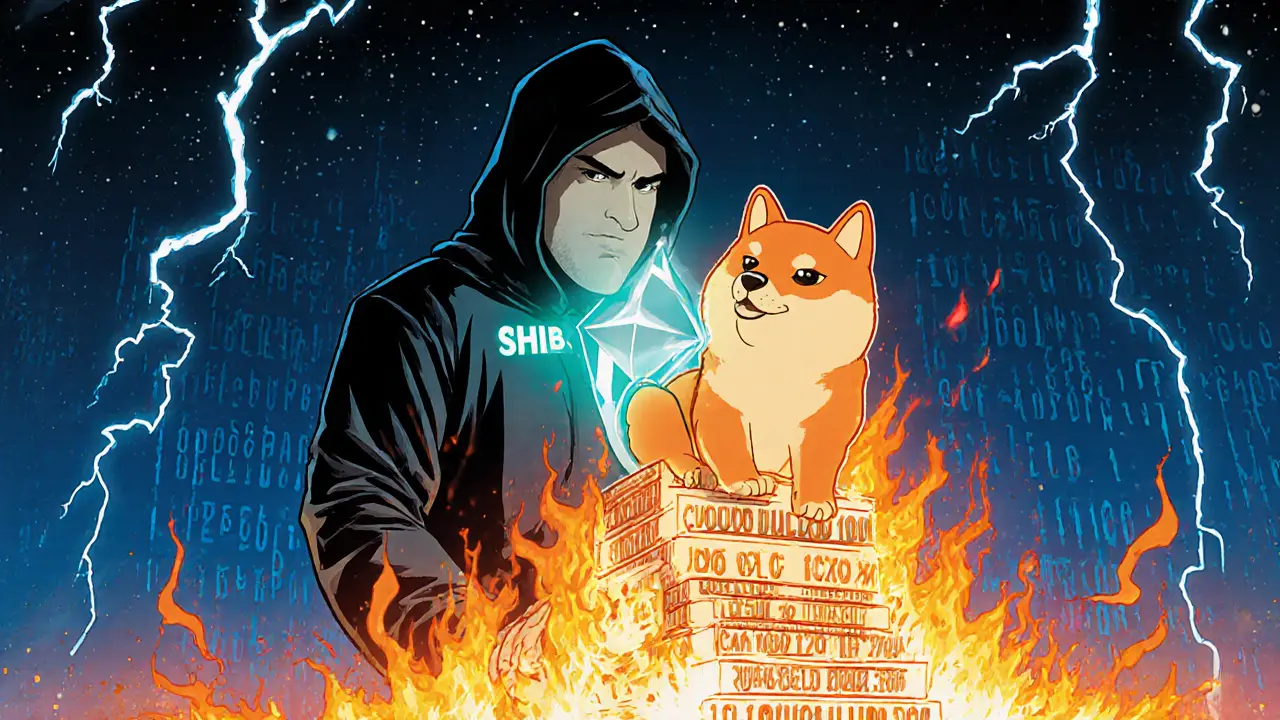
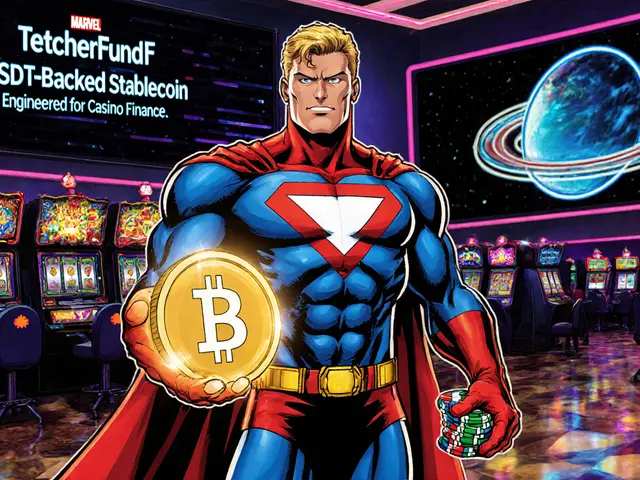
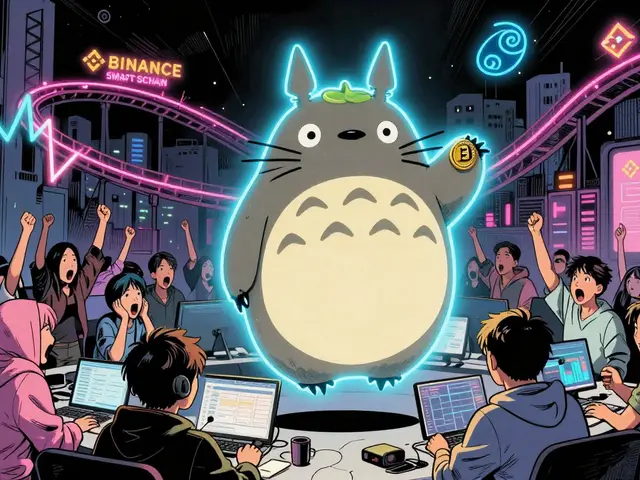
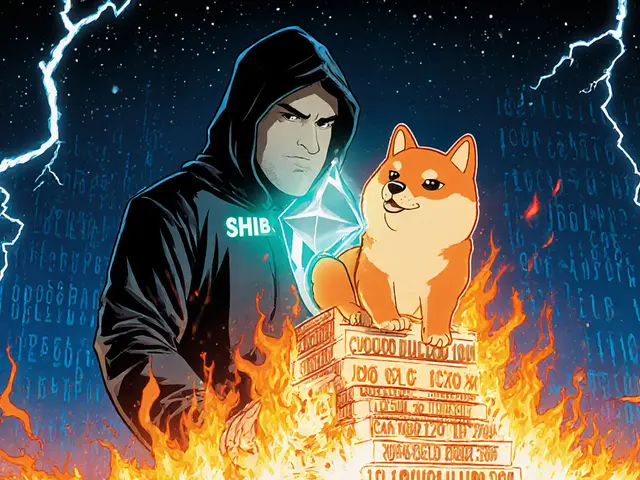
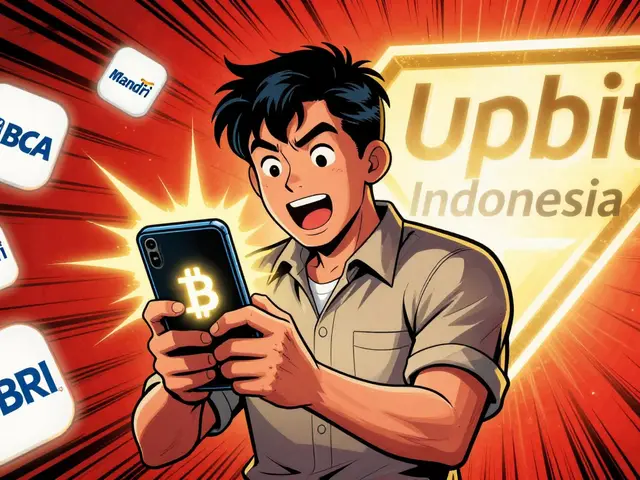
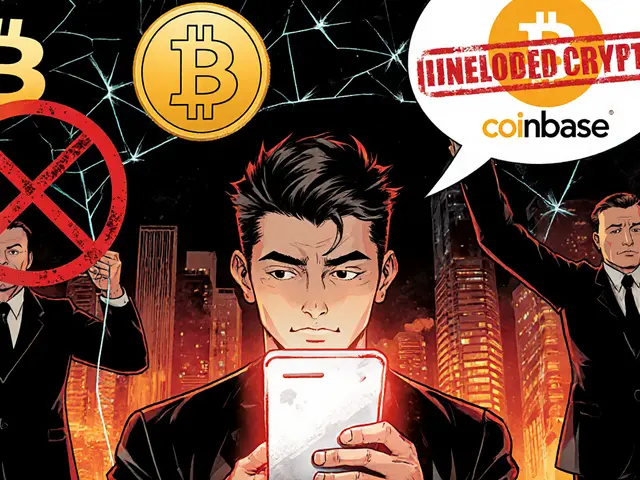
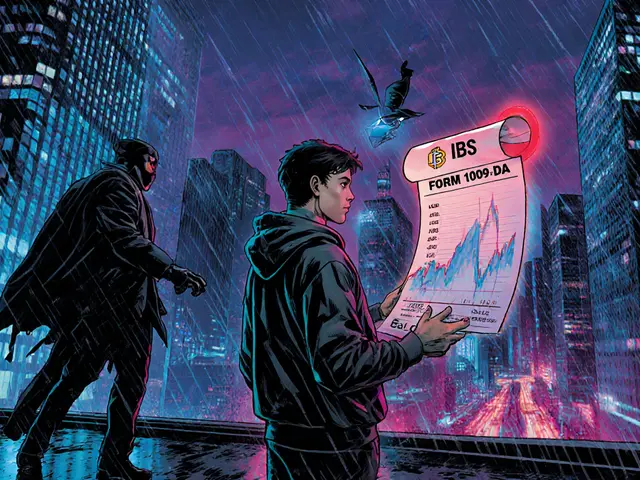
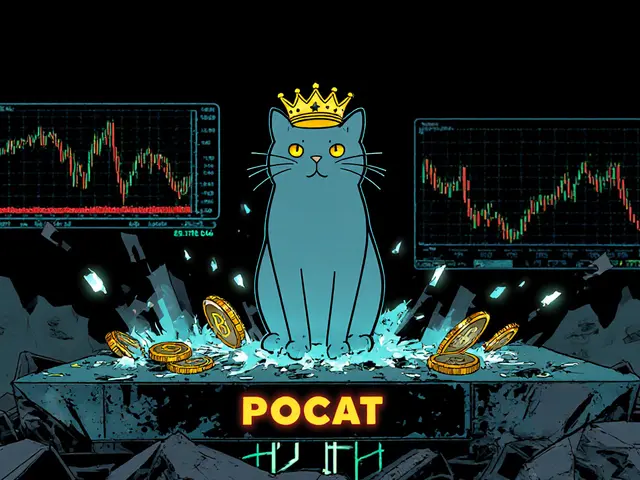
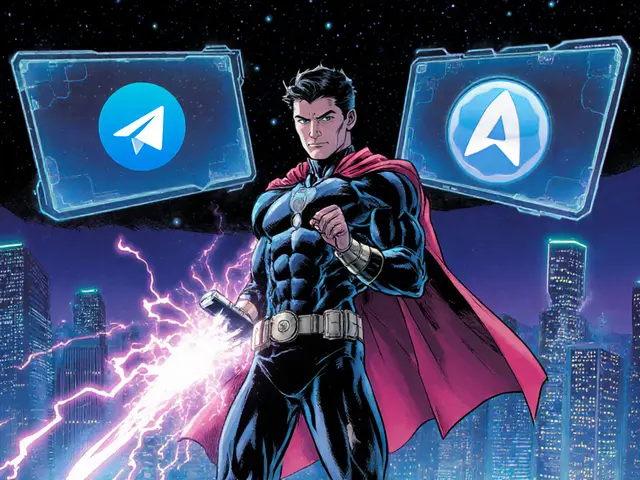
In the grand tapestry of meme‑coins, SHIB stands as a paradox: a token so abundant it invites ridicule, yet so fervently championed that its very existence challenges our notions of value; the relentless burns, the lofty promises of Shibarium, and the echoing chants of the “Shib Army” all converge into a narrative that is as much about community psychology as it is about market mechanics; one must consider that the deflationary veneer may simply mask deeper inflationary risk hidden within Ethereum’s gas‑laden corridors.
They don’t tell you that every major exchange swap is a back‑door for the elite to funnel SHIB into shadow wallets; the timing of each token‑burn line up suspiciously with policy leaks, suggesting a coordinated play to keep the hype alive while the real power stays invisible.
Let’s break down what newcomers often miss when diving into the SHIB ecosystem, because understanding the layers can turn a speculative gamble into an informed play. First, the sheer supply-originally a quadrillion tokens-means that even after massive burns, each individual token still trades in the micro‑dollar realm, which influences liquidity strategies. Second, the three‑token design (SHIB, LEASH, BONE) isn’t just a marketing gimmick; it creates distinct utility corridors where SHIB handles payments, LEASH offers scarcity, and BONE governs protocol upgrades. Third, staking on ShibaSwap, colloquially called “burying,” rewards participants with BONE, effectively turning passive holdings into an active yield source. Fourth, the fee structure on Ethereum can erode those yields dramatically during peak congestion, so timing swaps during low‑gas windows is crucial. Fifth, the upcoming Shibarium layer‑2 aims to slash fees to mere cents, but until it fully launches, users should hedge by allocating a portion of their portfolio to lower‑fee chains or bridges. Sixth, community sentiment drives price spikes more than fundamentals-tweets, memes, and viral videos can shift market caps in minutes. Seventh, whale concentration remains a risk; a handful of wallets control billions of dollars worth of SHIB, enabling them to sway the market with large sells or buys. Eighth, the governance model via BONE voting empowers token holders, but participation rates are low, meaning real control may still rest with core developers. Ninth, tax considerations differ across jurisdictions, so tracking each swap or stake event is advisable to stay compliant. Tenth, security practices such as using hardware wallets and double‑checking contract addresses cannot be overstated, as phishing attacks target the very community that fuels SHIB’s growth. Eleventh, diversification within the ecosystem-allocating some capital to LEASH for scarcity, some to BONE for governance, and the bulk to SHIB for liquidity-creates a balanced exposure. Twelfth, keeping an eye on roadmap milestones, especially the Shibarium testnet results, provides early signals of potential adoption spikes. Thirteenth, cross‑chain bridges are emerging, allowing SHIB to move onto other networks where gas fees are cheaper, expanding utility beyond Ethereum. Fourteenth, stay skeptical of promises that sound too good to be true; many projects announce “instant yield” schemes that later falter. Finally, always remember that crypto, and SHIB in particular, is a high‑risk arena, and only risk capital should be deployed-knowledge, patience, and a clear exit strategy are your best allies.
While the overview is thorough, the optimism about Shibarium may overlook the engineering bottlenecks that have plagued other layer‑2 solutions, suggesting a more cautious outlook is warranted.
Honestly, the hype train is already off the rails; even if Shibarium arrives, the community’s appetite for another “solution” is fading, and most holders are just chasing meme‑fueled adrenaline.
Stop treating SHIB like a novelty item; the market’s volatility demands disciplined trading strategies, otherwise you’re just feeding the whales.
Good point-setting stop‑loss orders and regularly rebalancing your exposure can mitigate those whale‑driven swings, and pairing that with modest staking on ShibaSwap adds a safety net.
Amid the clamor, one can feel the echo of forgotten promises, as the tokens swirl in a digital tempest, reminding us that even the grandest visions may dissolve into silence.
Focus on low‑gas periods for swaps and consider allocating a small portion to BONE for governance votes; it’s a practical way to stay engaged without overexposure.
Shibarium will save us all, obviously.
The optimism reeks of delusion; history shows that every “miracle” layer‑2 collapses under its own weight, leaving investors with nothing but burnt gas fees.
I hear the worry about gas fees, and it’s understandable-many people feel stuck, but using a hardware wallet and checking gas prices can make the experience smoother.
Totally get it 😊! Just remember to double‑check the address before sending, or you might lose it all 😂.